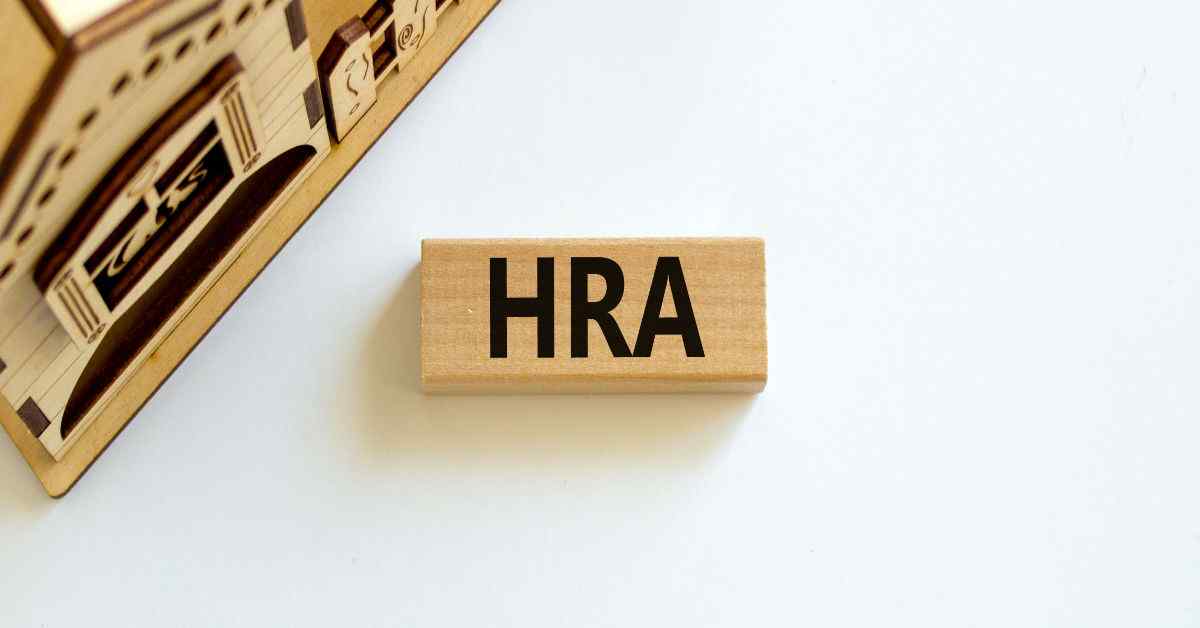Guide to Designing a Creative Office Space

In today’s modern work environment, the design of office spaces plays a crucial role in fostering creativity, collaboration, and productivity. A well-designed office space can inspire employees, boost morale, and create a positive work culture. This guide will provide you with valuable insights and expert tips on how to design a creative office space that meets the needs of your employees and enhances their overall work experience.
Why Designing a Creative Office Space Matters
A creative office space goes beyond the traditional cubicles and plain walls. It is a space that encourages innovation, sparks imagination, and promotes a sense of belonging among employees. By investing in a well-designed office space, companies can reap numerous benefits, including:
Increased Productivity: A thoughtfully designed office space can enhance productivity by providing employees with an environment that supports their work style and preferences.
Improved Collaboration: Creative office spaces often incorporate open layouts, collaborative areas, and shared spaces that facilitate teamwork and idea sharing.
Enhanced Employee Satisfaction: Employees who feel comfortable and inspired in their workspace are more likely to be satisfied with their jobs and perform at their best.
Attracting and Retaining Talent: A visually appealing and innovative office space can be a powerful tool for attracting top talent and retaining valuable employees.
Key Elements of a Creative Office Space
To create a truly creative office space, it is important to consider the following key elements:
1. Layout and Space Planning
The layout of your office space should be designed to promote collaboration, communication, and flexibility. Consider incorporating:
Open Workstations: Open workstations encourage interaction and collaboration among employees.
Collaborative Areas: Designate specific areas for team meetings, brainstorming sessions, and informal discussions.
Quiet Zones: Provide quiet areas where employees can focus and concentrate without distractions.
2. Color and Lighting
Color and lighting have a significant impact on the mood and atmosphere of a workspace. Consider the following:
Bright Colors: Use vibrant colors to stimulate creativity and energy.
Natural Light: Maximize natural light by positioning workstations near windows and using glass partitions.
Task Lighting: Provide adequate task lighting to ensure employees can work comfortably and efficiently.
3. Furniture and Ergonomics
Investing in ergonomic furniture is essential for the well-being and productivity of your employees. Consider the following:
Adjustable Desks and Chairs: Provide adjustable desks and chairs to accommodate different working preferences and promote good posture.
Comfortable Seating Areas: Create comfortable seating areas for informal meetings and relaxation.
4. Creative and Inspiring Elements
Incorporating creative and inspiring elements into your office space can stimulate innovation and boost employee morale. Consider the following:
Artwork and Graphics**: Display artwork, murals, or graphics that reflect your company’s values and inspire creativity.
Greenery: Introduce plants and greenery to create a calming and refreshing atmosphere.
Playful Spaces: Create fun and playful areas in the office, such as game rooms or lounge areas with video games, board games, and puzzles.
Conclusion
Designing a creative office space is a strategic investment that can profoundly impact your company’s success. You can create an environment that fosters innovation, collaboration, and productivity by considering the layout, color, lighting, furniture, and creative elements. Remember, a well-designed office space is not just about aesthetics; it is about creating a space where employees feel inspired, motivated, and empowered to do their best work.
So, whether you are setting up a new office or revamping an existing one, use this guide as a starting point to design a creative office space that reflects your company’s culture, values, and aspirations.






